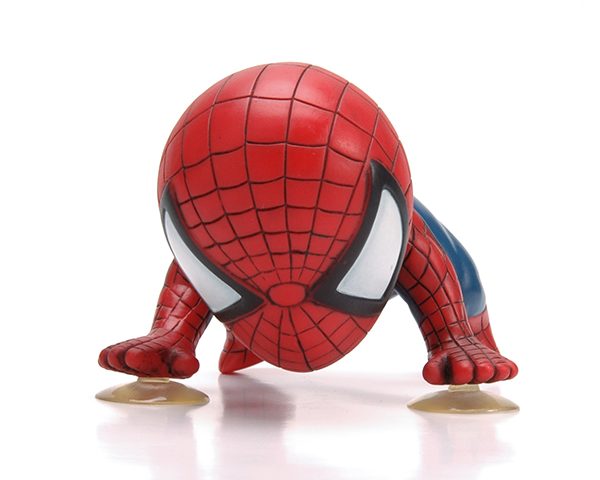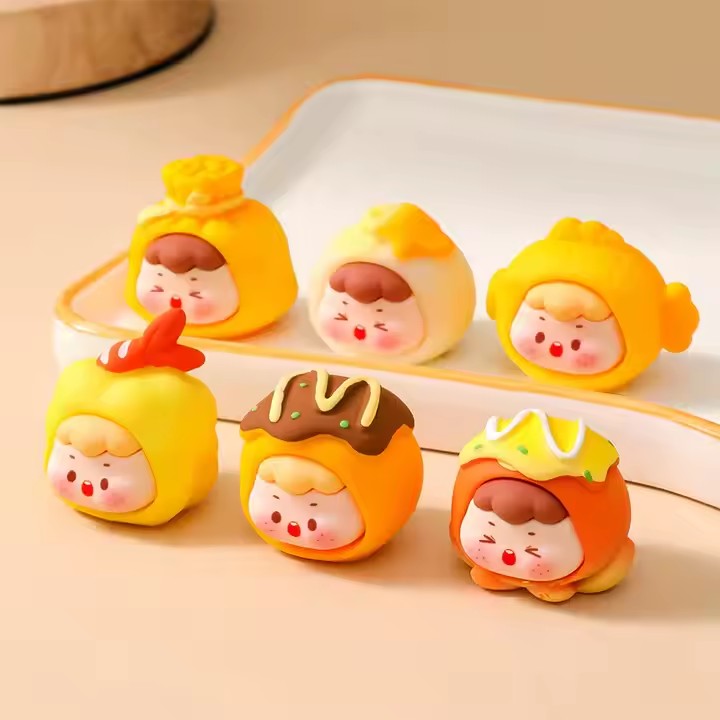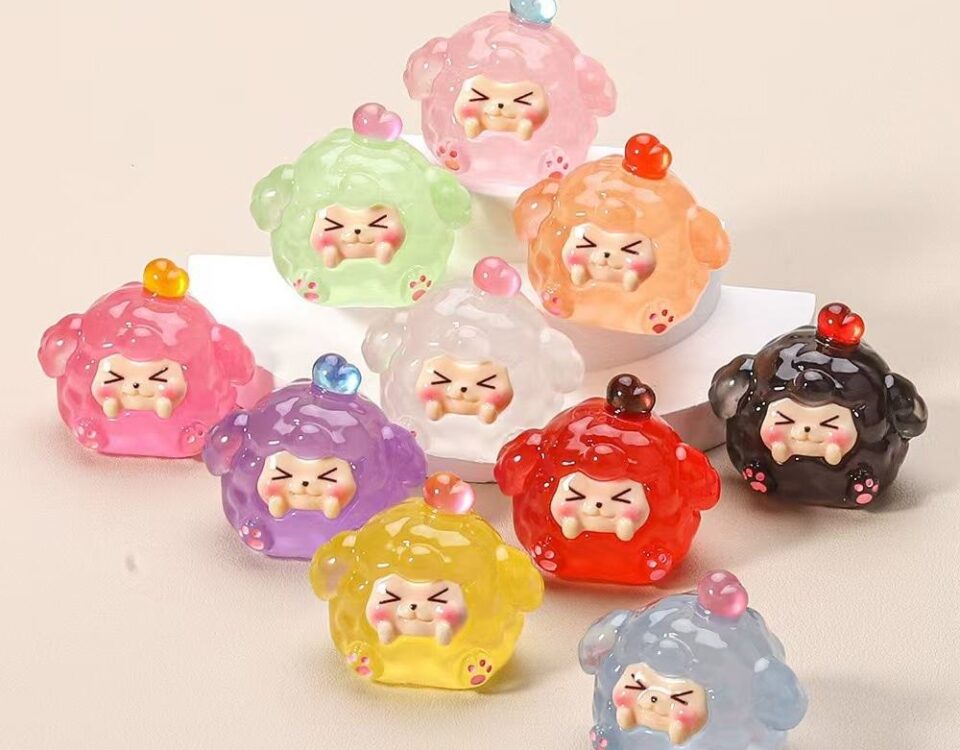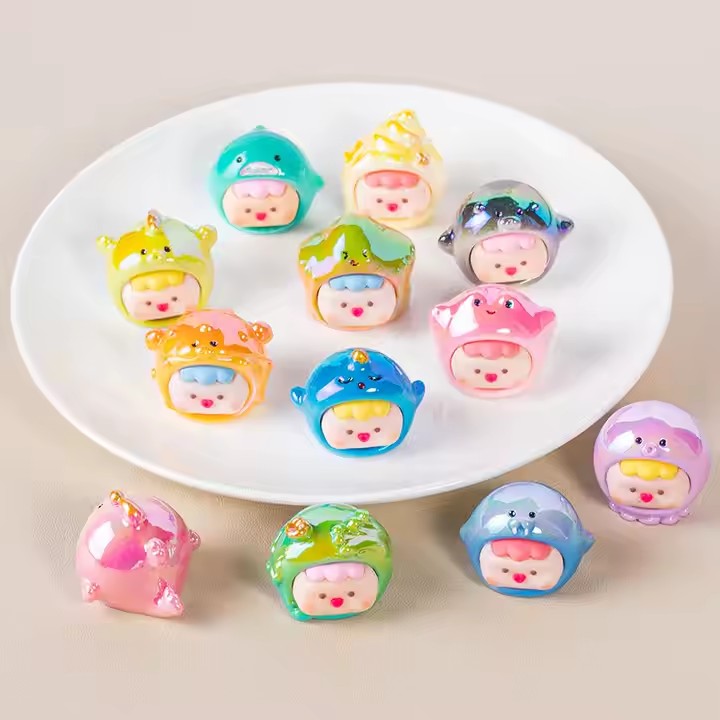5 Key Elements in Designing a Successful Cartoon Character

Custom Mascot Figures: Use Cartoon Characters to Enhance Your Brand Identity
2025-07-17
From Concept to Reality: Creative Development Process of Cartoon Figures
2025-07-17
5 Key Elements in Designing a Successful Cartoon Character
A great cartoon character doesn’t just look cute—it connects with people, tells a story, and builds brand recognition. Whether for a product mascot, animation, or merchandise line, thoughtful character design can be the difference between something forgettable and something iconic.
So what makes a cartoon character successful?
Here are five key elements every designer, brand, or IP owner should consider when creating a custom cartoon character.
1. 🎯 Strong Silhouette and Shape Language
A successful character should be recognizable in outline alone.
-
Use iconic shapes: Circles for friendly/cute, squares for sturdy/strong, triangles for edgy/clever.
-
Avoid complexity: Simple shapes are easier to remember and reproduce across media.
-
Silhouette test: If you fill your character’s shape in black and people can still recognize it—you’re on the right track.
Think: Mickey Mouse, Hello Kitty, SpongeBob—instantly recognizable even without color or details.
2. 🎨 Color Palette with Purpose
Colors are emotional triggers. A well-thought-out palette reinforces your character’s personality and aligns with your brand.
-
Use 2–4 main colors max for clarity
-
Warm tones (red/yellow) = energy, fun, youth
-
Cool tones (blue/green) = calm, trustworthy, clever
-
Accent colors for contrast and detail
Make sure the character’s color scheme works in print, digital, and physical merchandise.
3. 😊 Clear Facial Expression and Emotion
A cartoon character’s face should tell a story without words.
-
Big eyes and brows are expressive and readable
-
Simplified expressions make it easier to convey moods across different mediums
-
Signature expression (smile, wink, frown) makes your character unique
Characters with clear emotional design connect better with audiences—especially children and casual consumers.
4. 🧢 Props, Outfits, or Unique Features
What sets your character apart?
-
A hat, glasses, oversized shoes, a cape, a tool, or even a tail
-
These signature features help with visual identity and storytelling
-
Also make for excellent merchandising elements (keychains, figurines, plush toys)
Think of these as “brand anchors” in your character design.
5. 💬 Backstory or Brand Connection
Even the most visually appealing character needs context.
-
What does the character represent? A value? A service? A culture?
-
Do they have a name, catchphrase, or origin story?
-
Can your audience relate to them?
A backstory adds emotional depth and makes your character feel real, even if it’s only used internally.
Bonus: A meaningful story makes your figure more appealing as a collectible or mascot.
✅ Final Thoughts
Designing a successful cartoon character is both an art and a strategy. By focusing on silhouette, color, emotion, unique features, and storytelling, you can create a character that resonates with your audience and builds long-term brand value.
At [Your Company Name], we don’t just produce custom cartoon figures—we help brands design iconic characters ready for manufacturing, licensing, and global distribution.
📩 Have a character idea in mind?
Let our design team help you bring it to life—from sketch to 3D figure.





